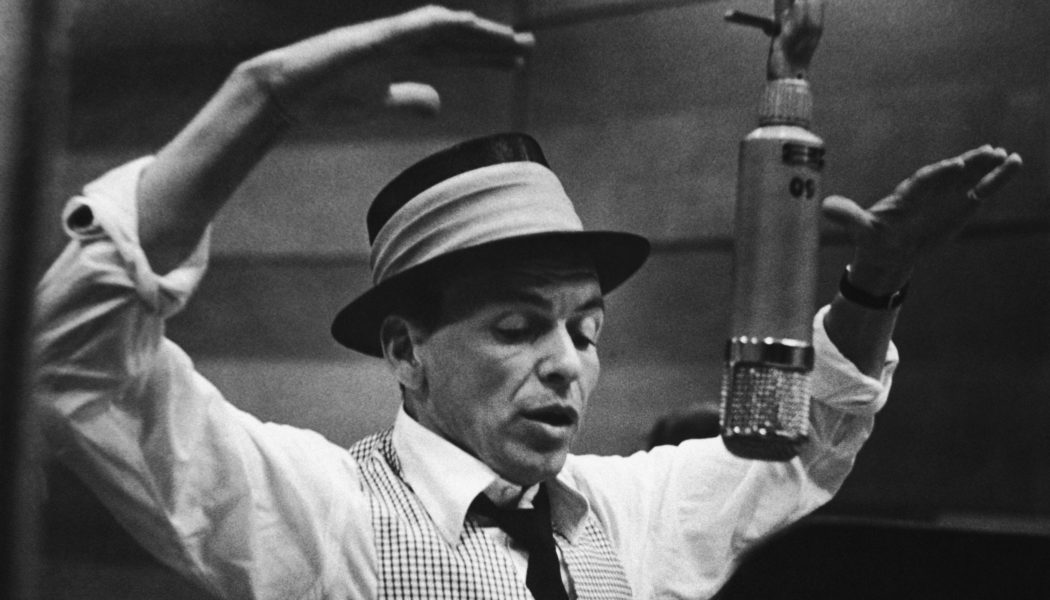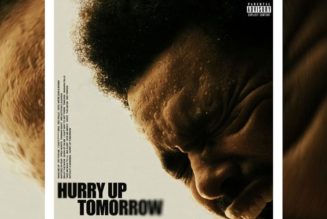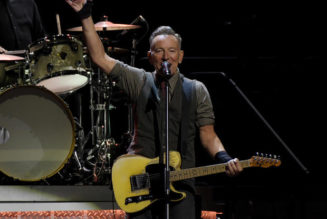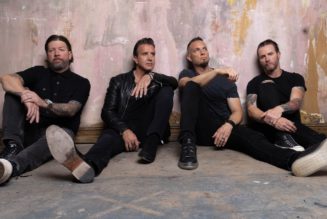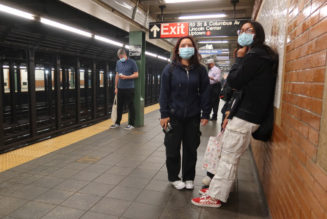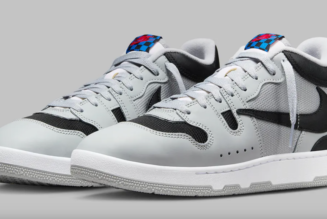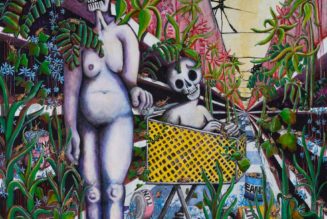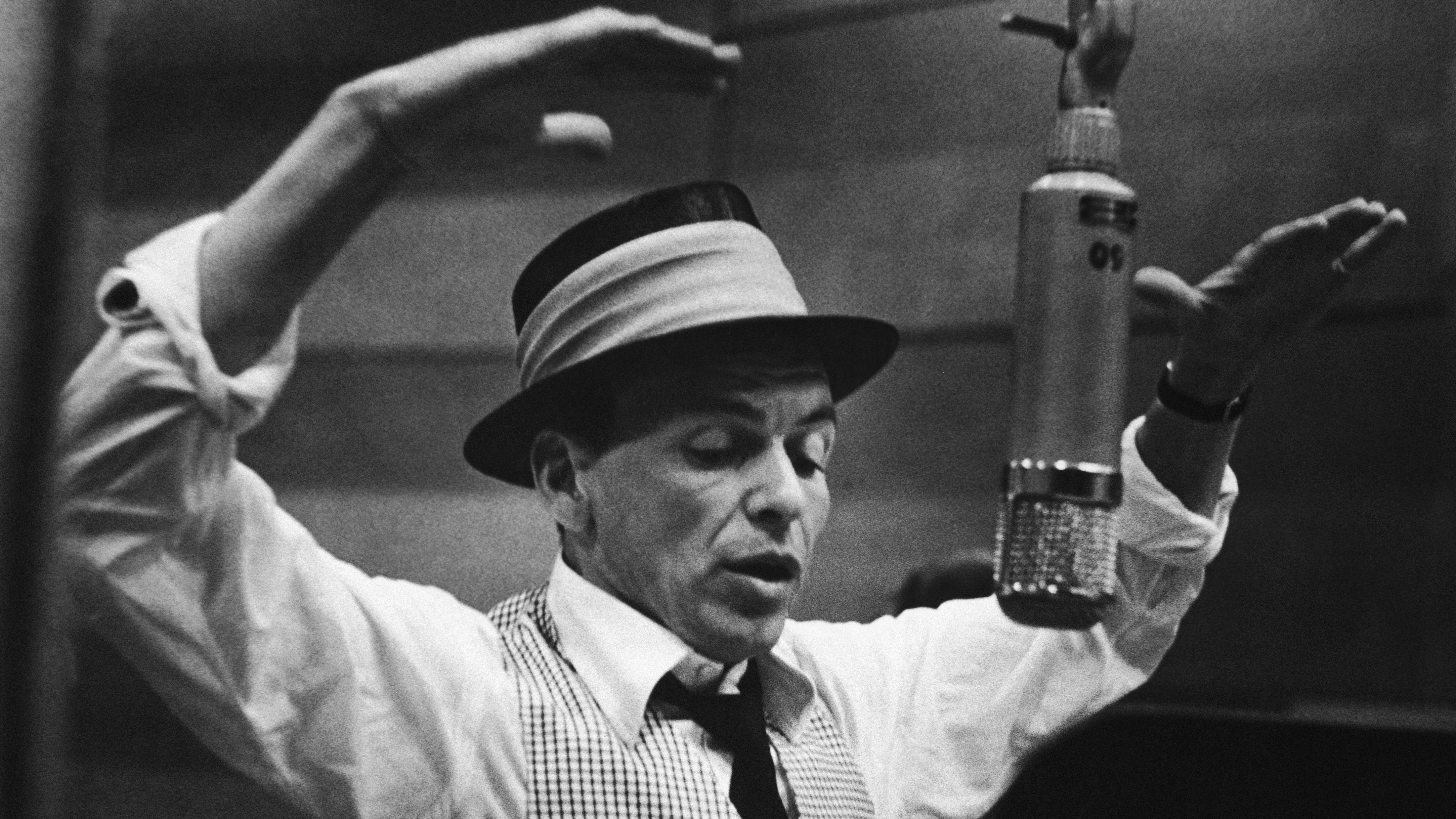
Over the past few decades, the playing field for music recording has expanded exponentially. Hit pop singles can now be cut in bedrooms, entire orchestral film scores have been recorded one instrument at a time and remote collaboration is often the name of the game.
But there’s still no substitute for a thoroughly equipped, expertly staffed recording studio. And Los Angeles remains the mecca of the global recording industry.
Perhaps no single studio is as inseparable from L.A.’s musical heritage as Capitol Studios, which is currently poised to reopen for business after a two-year closure for earthquake renovations. Its subterranean echo chambers and flagship Studio A have become just as legendary as the countless records that have been cut there.
“Capitol is just the most fantastic room,” says songwriter-producer Glen Ballard, who has worked in just about every L.A. studio of note during his career. “With Studio A, so many of the [Frank] Sinatra records were recorded in there, the big bands, the Nelson Riddle Orchestra,” he says. “You don’t need to do anything to it, just set up the mics and you’re good. That’s probably the great room for me.”
Popular on Variety
Fortunately, there are plenty of other great, centrally located L.A. rooms with equally storied histories that have been busy in Capitol’s absence. Westlake Studios, which famously served as home base to Michael Jackson in the 1980s, has continued to attract sessions like Beyoncé’s “Cowboy Carter” and SZA’s “SOS.” EastWest remains a standard bearer, with Olivia Rodrigo and Jon Batiste cutting their latest Oscar-nominated works at the facility. The Sound Factory (Doja Cat’s “Planet Her”), Conway Studios (Taylor Swift’s “The Tortured Poets Department”), Henson Studios (the Rolling Stones’ “Hackney Diamonds”) and the Record Plant have kept L.A.’s celebrated industry core humming with activity, while Sunset Sound (whose history with Disney stretches from “Chim Chim Cher-ee” to “Let It Go”) remains a fully operational landmark.
For those who appreciate operating at a slight remove from the bustle of Hollywood, North Hollywood and the San Fernando Valley continue to offer a wealth of studio and rehearsal spaces. North Hollywood’s Larrabee Studios played host to 2024 releases as diverse as Charli XCX’s “Brat” and Kamasi Washington’s “Fearless Movement.” Clear Lake Studios operates both a recently renovated main studio and the boutique satellite facility Fever, attracting clientele such as the Pixies, Lil Wayne and Greg Adams in recent years. Van Nuys’ recently reopened Sound City, subject of a Dave Grohl-directed documentary in 2013, remains a favorite of the analog-minded, from Phoebe Bridgers (“Punisher”) to Bob Dylan (“Rough and Rowdy Ways”).
Even the most legendary of studios face the challenge of continually adapting to emerging tech — Dolby Atmos capabilities being just the latest new must-have. For some, hosting live concerts can offer an invaluable showcase of the studio’s capabilities. Producer Bob Clearmountain’s Apogee Studio, for example, was the site of a recurring KCRW live series for years. The Village, built on the site of a ’20s-era Masonic temple, shows off the acoustics of its massive main room with live performances, last year hosting a star-studded memorial tribute to the Band’s Robbie Robertson.
Publicity is only one of the challenges facing L.A.’s sonic temples, however. Historic studios are just as susceptible as any small businesses to the pressures of rising costs of living: last year, the famed United Recording Studio was forced to lay off half of its staff while new threats from developers to music industry landmarks seem to arrive on an almost annual basis. “There are at least 10 truly world-class rooms still in L.A.,” Ballard says. “But there used to be hundreds.”
But for discerning producers, artists and audiophiles, nothing will ever replace the time-tested, ever-adaptable expertise and resources that L.A.’s recording infrastructure provides.
“The main thing about working in studios is that nothing is ever the same,” says Reut Feldman, general manager at Clear Lake, who spent years as studio manager at Atlantic Records. “One day, someone could call me saying, ‘Do you have this Sony microphone and an engineer who knows how to record vocals?’ And the next day, someone who wants to record a 30-piece choir. It changes with every single call.”
